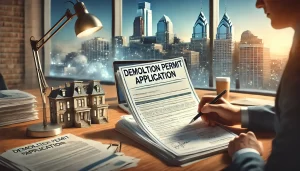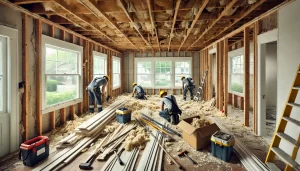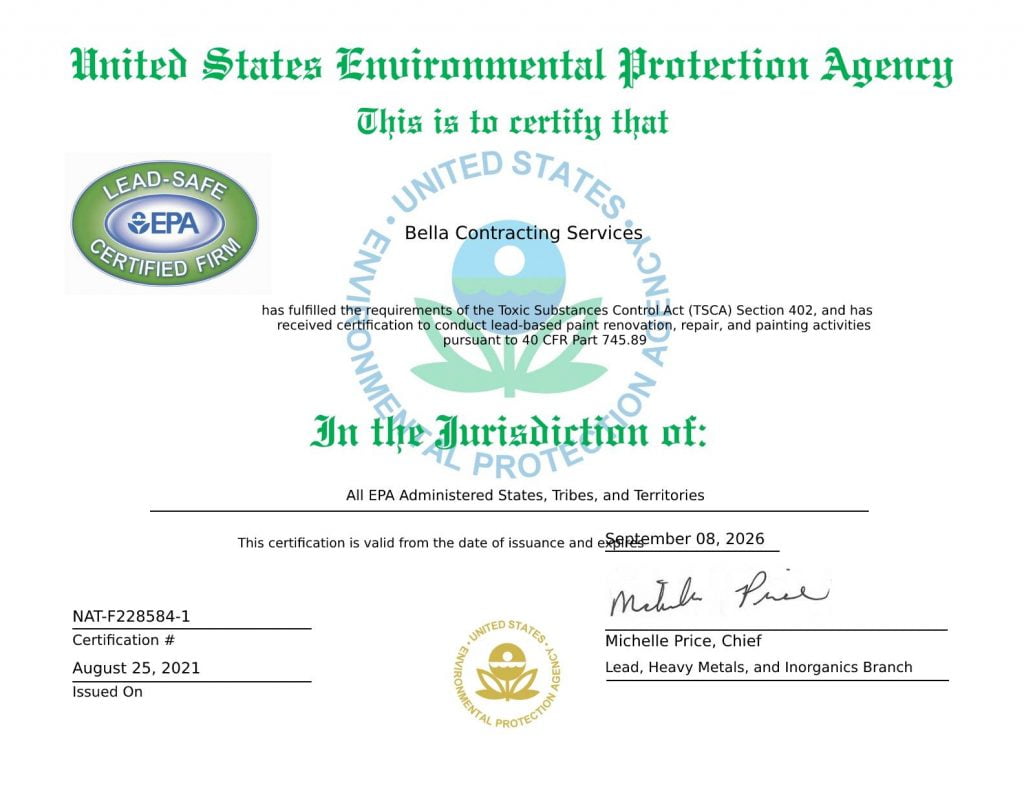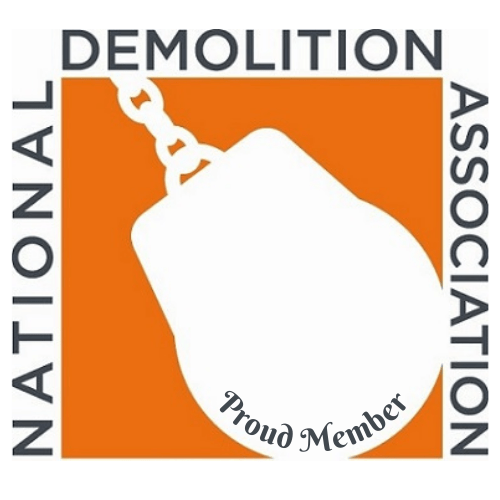Demolition in Washington, DC has been a growing topic of discussion over recent years. With the city’s population increasing rapidly and its real estate market continuing to boom, demolishing historic neighborhoods to make way for new development is becoming more common. This article examines how demolition in these areas impacts local communities and businesses, as well as what steps can be taken to preserve their rich cultural heritage.
The nation’s capital is home to some of the most iconic architecture in the world – from grandiose monuments and memorials, to quaint rowhouses that line residential streets throughout the city. Despite this stunning backdrop, many of DC’s historic neighborhoods are being threatened by increasing levels of demolition. The effects on local communities can be devastating; entire blocks may suddenly become unrecognizable due to construction projects, leaving behind only memories of times gone by. Furthermore, existing businesses must either adapt or close shop altogether when faced with drastic changes like this occurring within their neighborhood.
Nevertheless, there are steps cities and citizens alike can take to protect these cherished places from destruction while still allowing space for much needed growth. In an effort to balance preservation with progress, examining both sides of the argument becomes essential if we hope to maintain our beloved heritage sites for future generations to enjoy.
Washington DC’s Historic Neighborhoods
Washington DC is home to a vibrant and diverse collection of historic neighborhoods, each with its own unique character and charm. From the bustling Eastern Market in Capitol Hill to Chinatown DC’s rich cultural heritage and Shaw District’s iconic architecture, these areas provide a glimpse into the city’s past while also offering modern amenities.
Though these neighborhoods are beloved by many locals and visitors alike, they face an uncertain future due to the threat of demolition looming over them. This has been caused by increased development pressures as population growth accelerates within the city, compounded by gentrification that often leads to wealthier residents pushing out lower-income families who have lived there for generations. As such, it is important to consider how best to protect Washington DC’s historical neighborhoods from being wiped away forever.
History Of Demolition In Washington DC’s Historic Neighborhoods
It is no secret that Washington DC’s historic neighborhoods have often been at risk of destruction. Despite their beauty and cultural significance, these areas have long been targets for demolition due to the city’s ever-changing landscape. In fact, since 2000 alone over 1,400 buildings in these neighborhoods have been demolished—a staggering statistic that highlights the stark reality of this issue.
In order to protect these cherished landmarks from destruction, numerous regulations have been put in place by local authorities. Most notably, a Historic Preservation Act was passed in 1977 which seeks to limit demolitions within designated historical districts by requiring property owners seeking permission for such action to submit an application detailing plans for development along with design drawings and other relevant information. Additionally, certain tax incentives are available as well as grants and loans made specifically available for preservation projects. These measures provide protection against wholesale demolition while also allowing controlled redevelopment so that new businesses can open or existing ones can expand without threatening the character of the area or displacing residents.
Ultimately, it is clear that greater efforts must be taken if we wish to preserve Washington DC’s rich history within its many landmark neighborhoods; however, through careful planning and thoughtful regulation it does not need to come at the cost of progress either. By finding creative solutions that balance both economic growth and heritage conservation, we can ensure that future generations are able to look back on our past with pride rather than regret.
Current Demolition Regulations In Washington DC’s Historic Neighborhoods
The current regulations put in place to protect Washington DC’s historic neighborhoods from demolition aim not only to preserve the city’s heritage, but also its economic growth. For instance, the Historic Preservation Act of 1977 requires that property owners intending to demolish buildings submit an application outlining their plans for redevelopment before permission can be granted. This ensures that new businesses or existing ones are able to expand without sacrificing the character of the area or causing displacement of residents. Furthermore, these regulations offer tax incentives and grants specifically designated for preservation projects as well as loans which help finance such efforts.
In addition, local authorities have taken steps to increase public awareness about the value of preserving these historical areas through educational campaigns that emphasize their importance both culturally and economically. These initiatives encourage citizens to become stewards of their own neighborhoods by promoting a sense of pride in one’s community and fostering relationships between people living there. Through this engagement individuals can work together towards protecting their shared history while still allowing progress and development where appropriate.
It is clear then, that with careful planning and thoughtful regulation we are able to ensure that Washington DC’s historic landmarks remain intact even in times of rapid change. As long as all stakeholders continue working together on innovative solutions balancing both economic growth and heritage conservation, future generations will be able to look back on our past with admiration rather than regret.
Challenges Of Demolition In Washington DC’s Historic Neighborhoods
Despite the various regulations and incentives in place to protect Washington DC’s historic neighborhoods from demolition, there are still some challenges that must be addressed. One of the most pressing issues is the difficulty property owners have with navigating the complex permitting process for redevelopment plans that involve destruction of a historically significant building or structure. This can lead to delays in construction projects, which can put financial strain on developers and further complicate matters if their needs require quick action. Additionally, it is often hard to determine what should or shouldn’t be preserved when considering potential changes to an area as different stakeholders may prioritize different aspects of heritage conservation.
In order to ensure successful preservation efforts going forward, it is important that local authorities continue working alongside citizens and businesses to create policies that will enable responsible development without sacrificing historical significance. This could include introducing more streamlined permit processes or granting specific tax credits for buildings deemed worthy of protection by public review boards. By creating solutions tailored specifically towards an area’s unique characteristics we can encourage progress while recognizing our shared past and safeguarding its legacy for future generations.
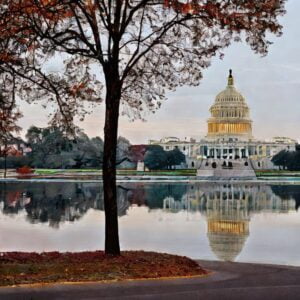

Frequently Asked Questions
What Is The Cost Of Demolishing A Historic Building In Washington DC?
The cost of demolishing a historic building in Washington DC can vary significantly depending on the size and condition of the structure. The demolition cost must take into account any environmental remediation, as well as local permits and fees associated with the job. It has been theorized that due to the extra complexity involved with demolishing an old historic building, it is more expensive than typical tear-downs. Investigating this theory reveals that while there may be additional costs associated with tearing down a historically significant building, these tend to be relatively minimal when compared to the overall demolition price tag.
It is imperative for those looking at taking on such a task to research all potential expenses ahead of time, so they are not surprised by hidden costs during or after the project. Here are 4 key items typically factored into the total cost: 1) Debris removal; 2) Utility disconnections; 3) Special handling requirements; and 4) Disposal/recycling costs. Having a firm understanding of what is needed to properly dispose of materials from a demolished historical building will allow you to budget accordingly and make sure your project stays within its financial boundaries. With careful planning and consideration for unexpected costs, one can confidently approach their next demolition project in Washington DC’s Historic Neighborhoods with confidence.
Are There Any Incentives For Preserving Historic Buildings In Washington Dc?
The current question is focused on whether there are any incentives for preserving historic buildings in Washington DC. This inquiry is important, as it may help to determine the cost of preservation versus demolition when presented with a decision concerning redevelopment or revitalization projects within the city’s historical neighborhoods.
When considering preservation incentives, all cities have different regulations and laws that affect how these types of decisions are made. In Washington D.C., there are several options available for incentivizing historic preservation projects, including but not limited to grants from the Historic Preservation Fund; state tax credits such as those provided by Maryland Heritage Structure Reinvestment Program; federal income tax deductions; and local property tax benefits from programs like District of Columbia’s Historic Property Rehabilitation Tax Credit Program. Each program has specific requirements which must be met before an individual or organization can qualify and reap its associated rewards.
In order to maximize the potential offered through these various incentive programs, careful planning prior to beginning construction is essential. Consulting with experts familiar with each regulation will ensure that individuals receive the best possible outcome while maintaining compliance throughout the process. Understanding the intricacies involved in achieving successful outcomes via historic preservation incentives provides those looking to take part in redeveloping or revitalizing Washington D.C.’s historically significant neighborhoods with greater confidence moving forward.
Are There Any Tax Benefits Associated With Demolishing A Historic Building In Washington Dc?
The tax benefits associated with the demolition of a historic building in Washington DC have long been debated. This debate has been fueled by those who seek to take advantage of potential incentives, as well as those concerned about the preservation of historical architecture and neighborhoods.
In recent years, there has been an increased recognition that certain financial advantages can be realized through the demolition of historic buildings. For example, it is possible to receive federal or state tax credits for investments made into renovation projects on historically important structures. In addition, some local governments also offer incentives such as grants or property tax abatement programs related to the demolition of a historic building.
It is clear that these types of incentives are beneficial for preserving significant pieces of history while simultaneously allowing individuals and businesses to maximize returns from their investment in Washington DC’s historic properties. Careful consideration should always be taken when exploring any form of economic benefit associated with the destruction of a structure since this could result in irreparable damage both culturally and socially. Therefore, thoughtful research must be conducted before making decisions regarding demolishing a part of our nation’s architectural legacy.
Are There Any Restrictions On What Types Of Buildings Can Be Demolished In Washington Dc’s Historic Neighborhoods?
It is a coincidence that the process of demolishing buildings in Washington DC’s historic neighborhoods may involve restrictions on what building types can be demolished. Demolition is not just about tearing down structures, it involves understanding the implications such an act has on the surrounding community and the environment. The issue of demolition restrictions focuses on how much control local governments have over preserving their historical districts.
Historic preservation laws are set up to protect certain properties from being destroyed or altered without permission. These laws vary greatly by location, so it is important to understand them before taking any action. In Washington DC’s historic neighborhoods, there are various restrictions pertaining to which type of buildings can be demolished. For example, those classified as ‘contributing’ must meet strict criteria for protection under National Register Historic Districts regulations; therefore, they cannot be torn down without approval from multiple agencies involved with this designation. Non-contributing buildings within these areas may also require special consideration when considering demolition due to potential impacts on surrounding properties and landmarks in the area.
TIP: Before starting any work involving demolition in Washington DC’s historic neighborhoods, make sure you know exactly what you’re getting into! Research all applicable rules and regulations thoroughly so you don’t get caught off guard later down the line.
What Environmental Impact Does Demolition Have On Washington Dc’s Historic Neighborhoods?
The environmental impact of demolition in Washington DC’s historic neighborhoods can be both significant and long-lasting. Demolition activities may cause air pollution, noise pollution, dust and soil contamination, as well as disruption to the local ecosystem. This type of destruction can have a negative effect on the surrounding environment for many years after the initial event has taken place.
When it comes to demolishing buildings in Washington DC’s historic neighborhoods, there are multiple considerations that must be taken into account. For instance, if hazardous materials such as asbestos or lead-based paint were used in construction of the building being demolished, they must be handled safely during the demolition process and disposed of properly afterwards so as not to contaminate nearby areas with toxic substances. Additionally, it is important to consider any potential effects that the demolition might have on neighboring properties or businesses due to increased traffic or other disruptions caused by the work itself.
The decision to demolish an existing structure should not be made lightly; careful planning and consideration are necessary in order to ensure that any potential impacts are minimized and do not create further problems for those living within these historically significant communities. By taking appropriate measures prior to beginning any demolition project in Washington DC’s historic neighborhoods, we can help protect our environment while still allowing progress toward rebuilding the city.
Conclusion
The cost of demolishing a historic building in Washington DC can be quite expensive, and there are few incentives for preserving such buildings. There may also be tax benefits associated with the demolition process, however these must take into consideration restrictions on which types of buildings can be demolished in the city’s historic neighborhoods. Ultimately, it is clear that this type of action has an impact on the environment and should not be taken lightly.
This issue requires careful thought before any decisions are made to ensure preservation efforts balance out environmental impacts. It is crucial to investigate all available options and weigh their pros and cons when considering whether or not to move forward with demolition projects in Washington DC’s historic neighborhoods. The decision-making process should focus heavily on sustainability considerations as well as potential economic consequences for both people living in the area as well as those who wish to preserve its history.
As we consider how best to navigate through this complex situation, one thing remains certain: being mindful of our actions today will have long-term implications for future generations. Thus, pursuing sustainable solutions that honor both our present needs while respecting our past heritage is paramount if we are to protect the unique character of Washington DC’s historic neighborhoods now and unto perpetuity.



